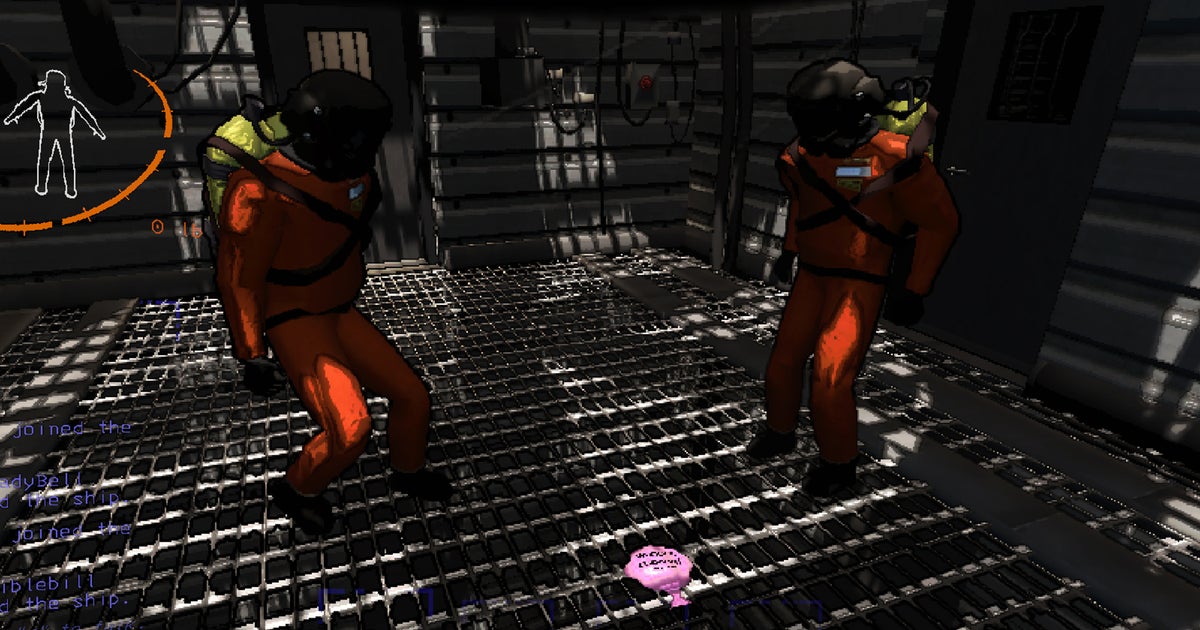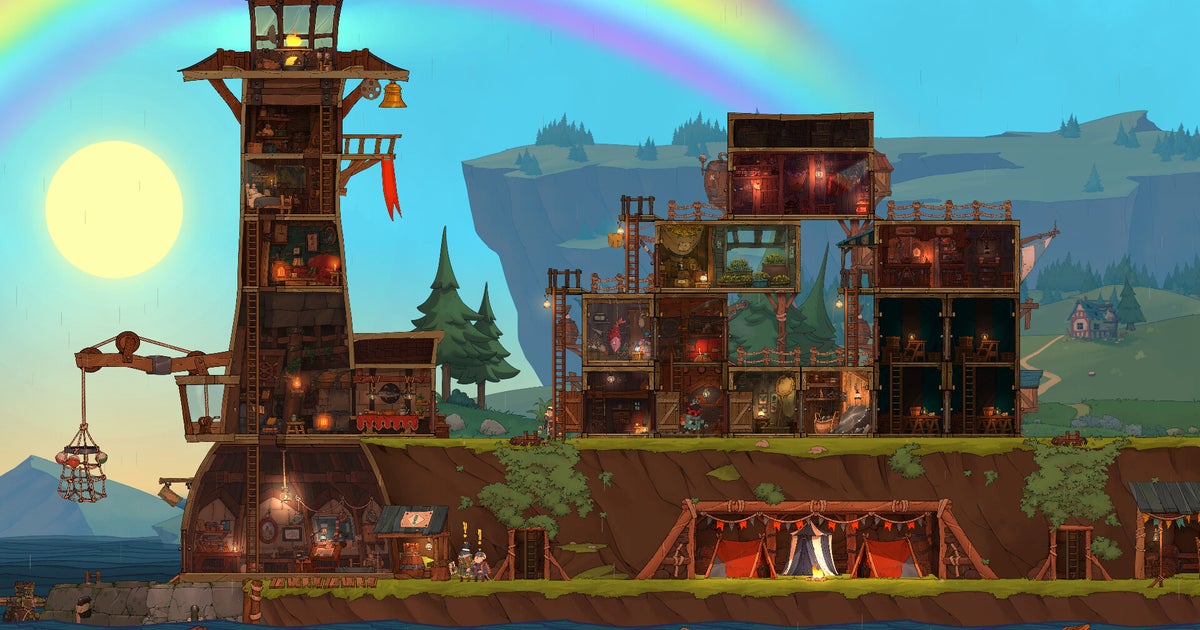I find myself increasingly turned off these days by simulations that boast of endless butterfly effects. I guess my misgivings can be boiled down to "a chain of dominoes is still a chain of dominoes even if it's 1000 metres in extent". Without some reason to care supplied by a narrative or broader question of theming and aesthetics, it all risks being admirable of execution but also like sheer technical maximalism - systems for the sake of systems. What do I care if I can make the 567th domino fall over by kicking the first?
Still, I'm very interested to see more of City 20. In development since 2018, it's the work of Untold Games, a studio hitherto known for VR projects, location-based "immersive experiences" and ports of games such as Journey To The Savage Planet. As a piece of mechanics, it's a top-down sandbox survival experience with a highly reactive environment and procedural storytelling, influenced by the likes of Rimworld (and not, the developers insist, created using latter-day generative AI tools). As a story scenario, meanwhile, it's inspired by Cold War conspiracy theories about Soviet "secret cities" given over to uranium enrichment and nuclear experiments. The titular City 20 is one such burg, though not a direct recreation. As the game begins, a nuclear accident has led to a radiation spike and a partial evacuation: you play one of the poor suckers who didn't make the last bus out of town.
 City 20 - Features Trailer
City 20 - Features Trailer
Fast forward a few years, and City 20 has been sealed off and essentially transformed into a Petri dish for the full spectrum of human empathy and maliciousness, where the butterfly effects multiply like, er, rabbits, who themselves will scuttle about in accordance with the availability of food and the behaviour of predators. A new society has arisen within the quarantine zone, as tends to be the case with quarantine zones - a washed-out Mad Maxian civilisation divided into factions of fringe scientists and former soldiers with their own belief systems, their own histories of the calamity, and their own ideas about the world outside. The look of the place combines nods to Eastern European cities with allusions to Polish painters and to 70s and 80s sci-fi movies. There's also a soundtrack of electronic music inspired by the likes of Kraftwerk. It's certainly a layered portrayal, though I'm not sure much of the detail will be obvious from the stratospheric default perspective.
Your task here is firstly to survive, and then to find a way out. To achieve these goals, you'll need to negotiate with the people around you, each of whom has needs and desires that give rise to a range of daily activities. Take your local baker. They'll need wood for their oven, which they might trade for or obtain directly by heading into the forests with an axe. Once they can light the oven, they can open their bakery and flog some loaves to the populace, improving everybody else's quality of life. If they can't find wood - perhaps because you've already gone out and hacked down the nearest trees yourself - they'll try to meet their needs in other ways. They might go mushroom-picking, for instance. If they're somehow injured and killed in the process, perhaps because a storm sets in and they're stranded away from shelter, the local community will organise a funeral and seek out a new baker. Perhaps you'll end up taking the job yourself. Each iteration of City 20 harbours a finite number of citizens and once they're gone, they're gone, leaving a hole in the world that can either be filled or compensated for or left to fester.
Relationships between characters also dictate how they behave. A merchant who doesn't really know you might not show you their entire inventory, or tell you everything useful about the local area. Naturally, you can improve somebody's opinion of you by doing favours for them - which might also cause one of their enemies to lose respect for you. Start a fight, and bystanders may join the brawl or leg it based on how they feel about the instigators and how brave or foolhardy they are. Governing factions have different ideas about crime and punishment, some issuing fines for misdemeanours while others require you to work off your debt to society, and others just beat you up on the spot.
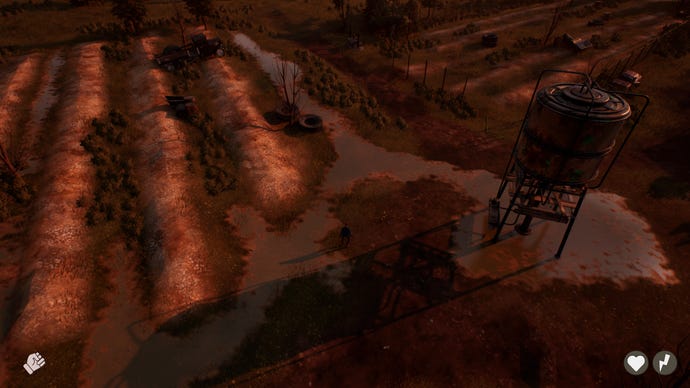
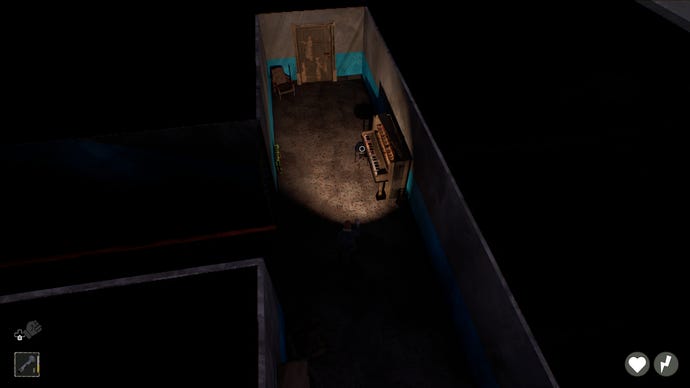
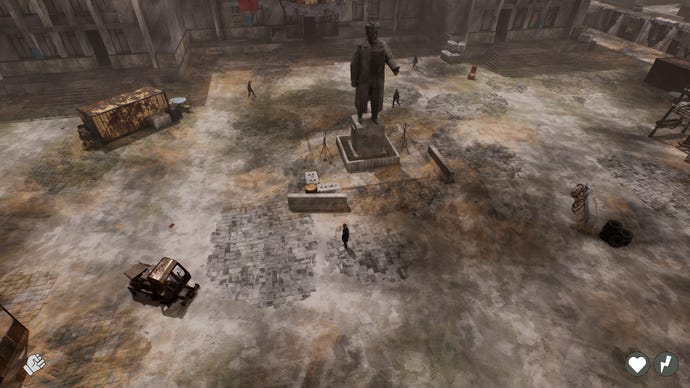
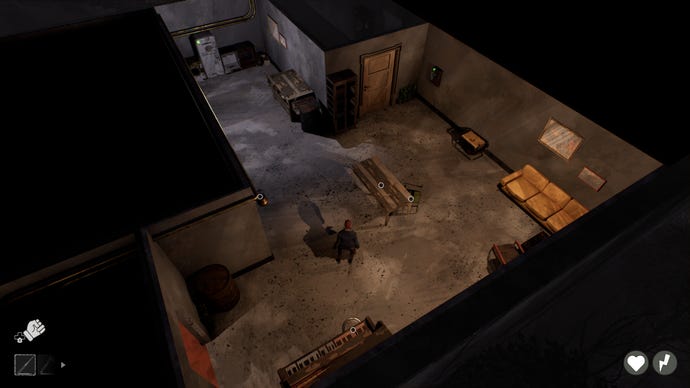
While tracing every procedural ricochet may be tricky, many choices have consequences that are writ large in your surroundings. If a generator breaks down, depriving the neighbourhood of light after sunset, the faction in charge will seek out the resources to fix it, and post patrols to defend the generator in future. If you or somebody else steals from a house, the owner will reinforce the windows. Poison a well, and you might return to find half the locals dead and the well under lock and key.
All of these repercussions seem to apply whether your character is actually present at the time or asleep in a shack somewhere. A town might burst into civil war over some tiny thing somebody or other did that put everybody else on edge. Perhaps most fascinatingly of all, Untold Games want to simulate how knowledge travels, with townsfolk passing on secrets and gossip based on who they trust. And that's just the human geography: out in the wilds, there's an overlapping ecosystem of plants that grow from seeds spread by other plants, and animal populations with particular dietary needs and associated migration patterns.
City 20 will launch in early access this year with two of four planned factions. The first big update will introduce a proper seasonal cycle for plant growth, with associated temperature variables. As a project, it's certainly a lot, and I suspect that a fair few of the more elaborate ideas here will wither away in the course of development. But I do applaud the ambition on show, especially from a team without much of a reputation for original projects, and I'm hopeful that all these moving parts will give rise to stories that feel like more than just another set of dominoes, waiting to fall.

 1 month ago
45
1 month ago
45



